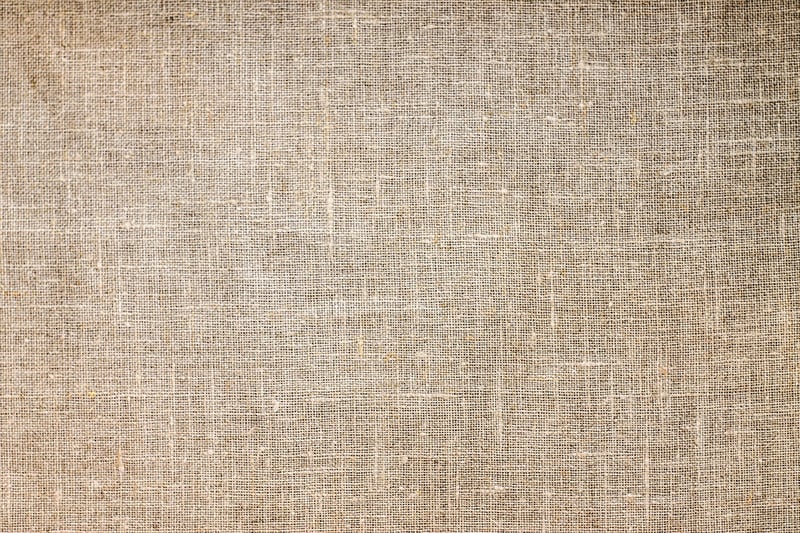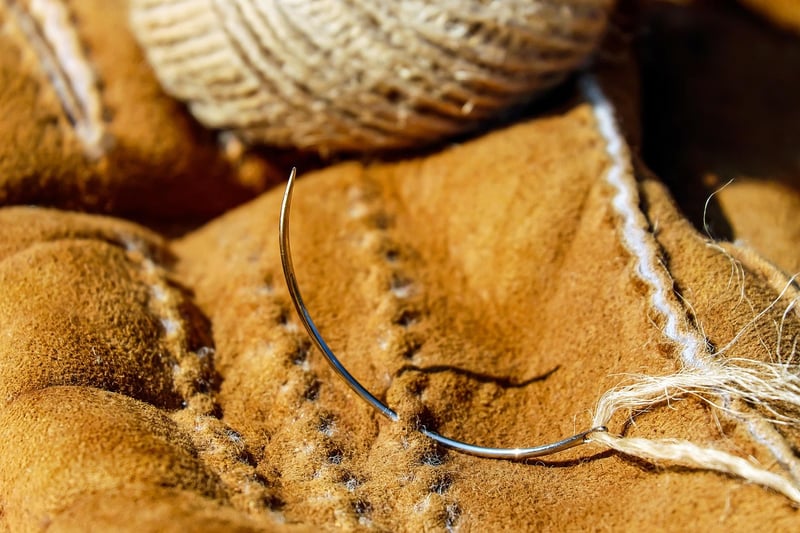Eco-friendly wardrobe hacks
The Rise of Sustainable Fashion: Eco-Friendly Wardrobe Projects and Hacks
In today's world, the fashion industry is increasingly embracing sustainability to reduce its environmental impact. From innovative projects to simple wardrobe hacks, individuals can make a difference by opting for eco-friendly choices in their clothing and styling habits. Let's explore some exciting sustainable fashion initiatives and practical tips to create an eco-conscious wardrobe.
1. Upcycling and DIY Projects
Upcycling is a creative way to breathe new life into old clothing items. By repurposing garments or accessories that you no longer wear, you can reduce waste and give your wardrobe a unique touch. Upcycling workshops and online tutorials provide inspiration for turning old jeans into stylish bags, transforming t-shirts into trendy crop tops, or embellishing plain items with embroidery or patches.

2. Capsule Wardrobe Planning
Building a capsule wardrobe involves selecting a limited number of versatile, high-quality pieces that can be mixed and matched to create various outfits. By curating a collection of timeless essentials, you can streamline your closet, reduce impulse purchases, and minimize fashion waste. Choose classic staples in neutral colors and focus on quality over quantity to build a sustainable and functional wardrobe.

3. Clothing Swaps and Secondhand Shopping
Organizing clothing swaps with friends or participating in local swap events is a fun way to refresh your wardrobe sustainably. By exchanging garments that no longer serve you, you can discover new-to-you pieces without contributing to the production of new clothes. Additionally, shopping at thrift stores, consignment shops, or online resale platforms allows you to find unique treasures while supporting a circular fashion economy.

4. Sustainable Fabric Choices
When shopping for new clothing items, prioritize garments made from sustainable fabrics such as organic cotton, linen, hemp, Tencel, or recycled materials. These eco-friendly textiles have lower environmental impacts compared to conventional fabrics and promote ethical practices in the fashion supply chain. Look for certifications like GOTS (Global Organic Textile Standard) or OEKO-TEX to ensure the sustainability of your clothing choices.

5. Conscious Care and Repair
Extend the life of your garments by practicing proper care techniques such as washing clothes in cold water, air-drying them, and avoiding harsh chemicals. In case of minor damages or wear, learn basic sewing skills to mend clothes or visit a tailor for alterations. By taking care of your clothing items and repairing them when needed, you can reduce textile waste and contribute to a more sustainable fashion industry.

Embracing sustainable fashion practices and incorporating eco-friendly wardrobe hacks not only benefits the environment but also promotes a mindful approach to personal style. By making conscious choices in how we consume and care for clothing, we can contribute to a greener and more ethical fashion future.
Join the movement towards sustainable fashion today and let your wardrobe reflect your commitment to a more eco-conscious lifestyle!
